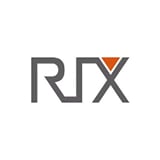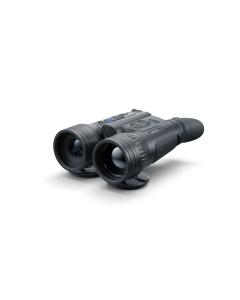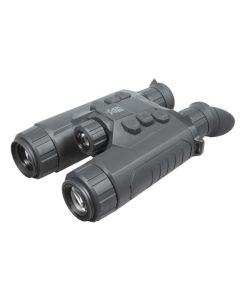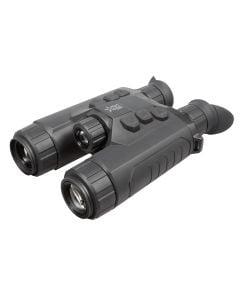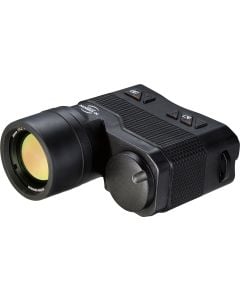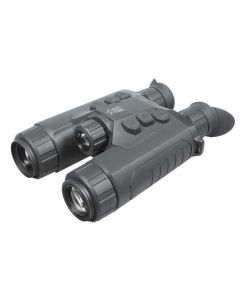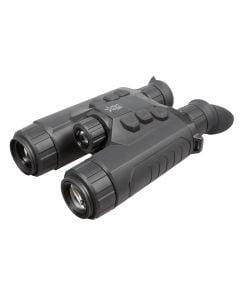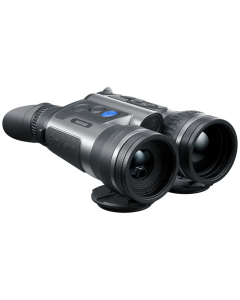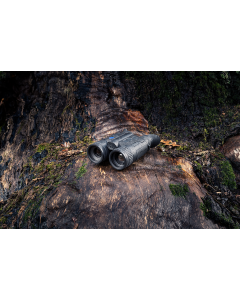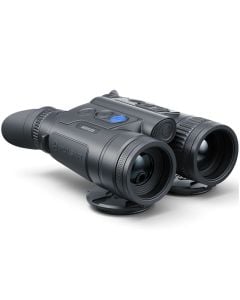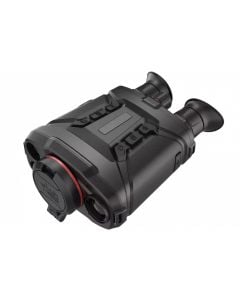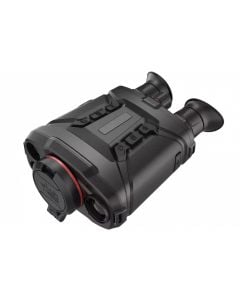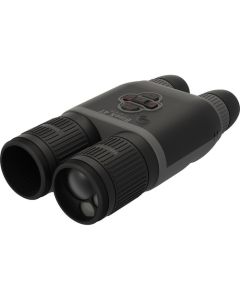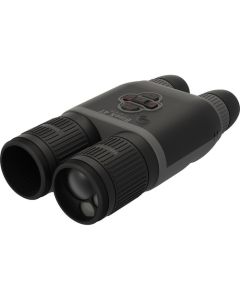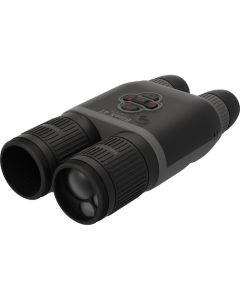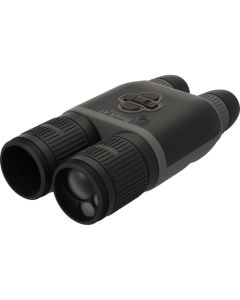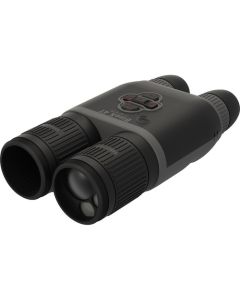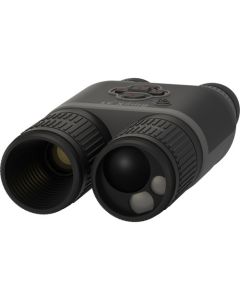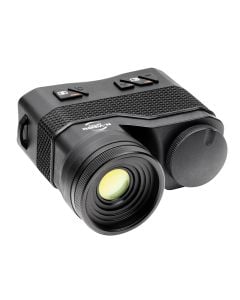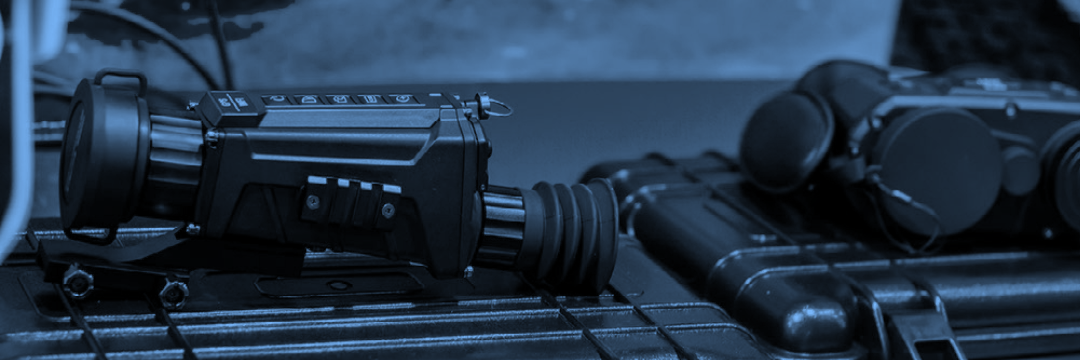
What is the benefit of having or using thermal imaging binoculars? The biggest advantage of owning a thermal binocular is that you can use it with both eyes, unlike a monocular.
This provides better depth perception and reduces eye strain, especially during prolonged use. In other words, when you have a thermal binocular, you allow yourself to spot game more comfortably, put the binocular down, and grab your rifle with the thermal scope. By not having a thermal binocular, you may tire more quickly from swinging your rifle left and right, up and down, which can affect your overall performance.
Likewise, having a thermal binocular gives firefighters the ability to mitigate danger more effectively during fire-related incidents. It enables them to detect heat signatures without entering hazardous doorways or environments, improving their safety and allowing for better decision-making in critical situations. Thermal imaging binoculars are effective in total darkness or daylight, and they can see through obstructions such as smoke and fog. Heat detection differs from starlight technology by allowing users to scan large areas and easily locate animals or people. Most thermal binoculars come with advanced features such as video recording, built-in rangefinders, and multiple color palettes, making them even more versatile. Usually, thermal binoculars can detect heat radiations in a range of -50°C to 2000°C. They are widely used in hunting, security, surveillance, energy analysis, law enforcement, military applications, industrial settings, and search and rescue operations. Several major manufacturers provide high-quality thermal binoculars, including AGM, Pulsar, N-Vision Optics, ATN, and many more. Thermal binoculars are similar to thermal monoculars, but true binoculars have two eyepieces and two objectives, just like traditional daytime binoculars. Price ranges vary from $500 to $10,000, so they cater to different user needs and budgets.










